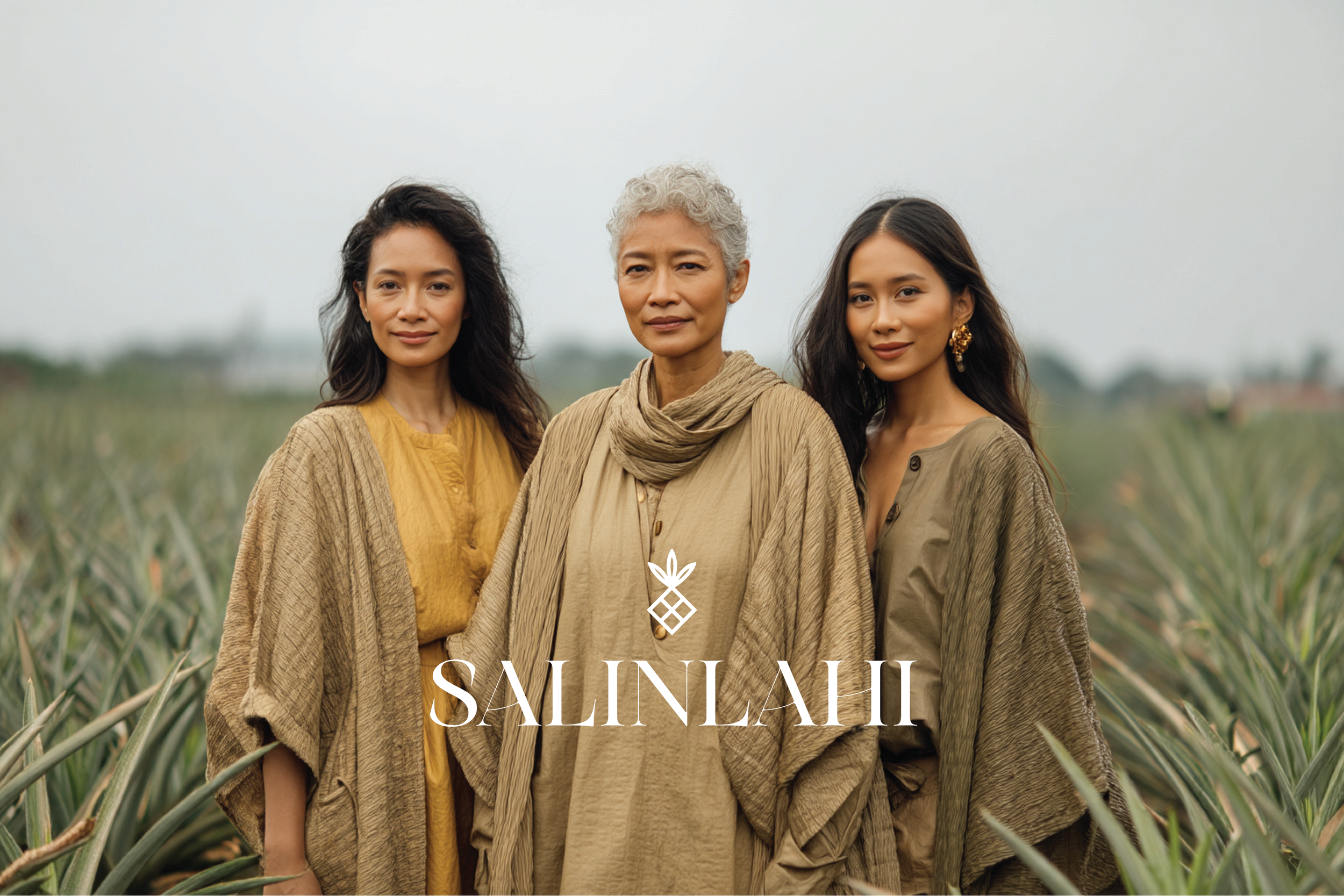
Salinhali
Intergenerational transfer of culture, material, and identity
Worn over centuries by men in courts, churches, and state offices, the barong tagalog became a tradition in the Philippines—an established uniform of visibility and hierarchy. Its form was shaped under Spanish colonial rule, where indigenous men were required to wear the barong untucked and translucent to signify subjugation and to prevent the concealment of weapons. What began as a tool of control evolved into a formal symbol of cultural identity.
Tailored to project formality without function, elegance without ease, the barong was woven from piña, fiber extracted from pineapple leaves, and often hand-embroidered—materials that were precious, yet fragile. It embodied respectability and heritage, but also reinforced social and gender constraints.
The garment told you where you stood.
It told women to observe, not wear.
It told the working body it wasn’t invited


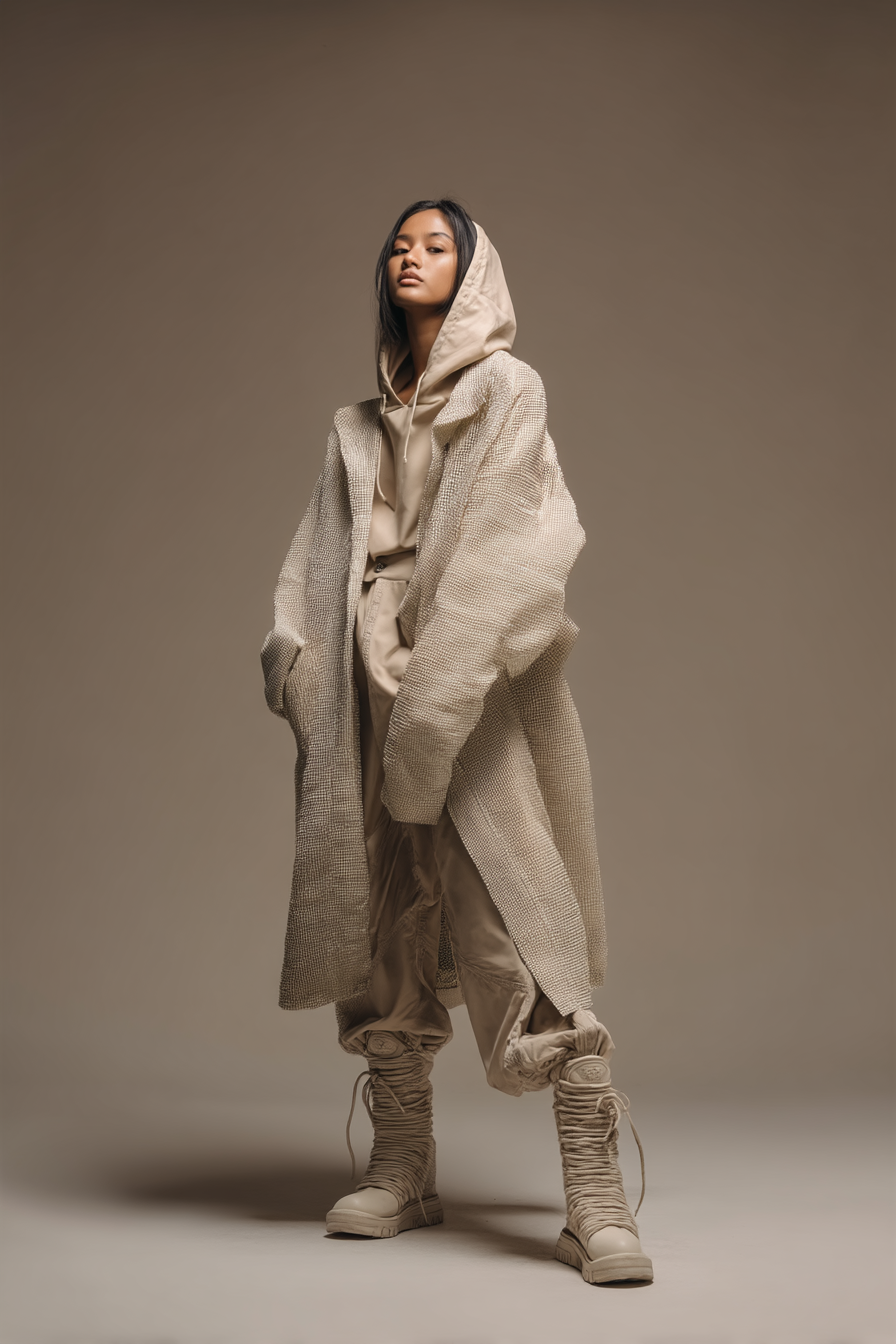




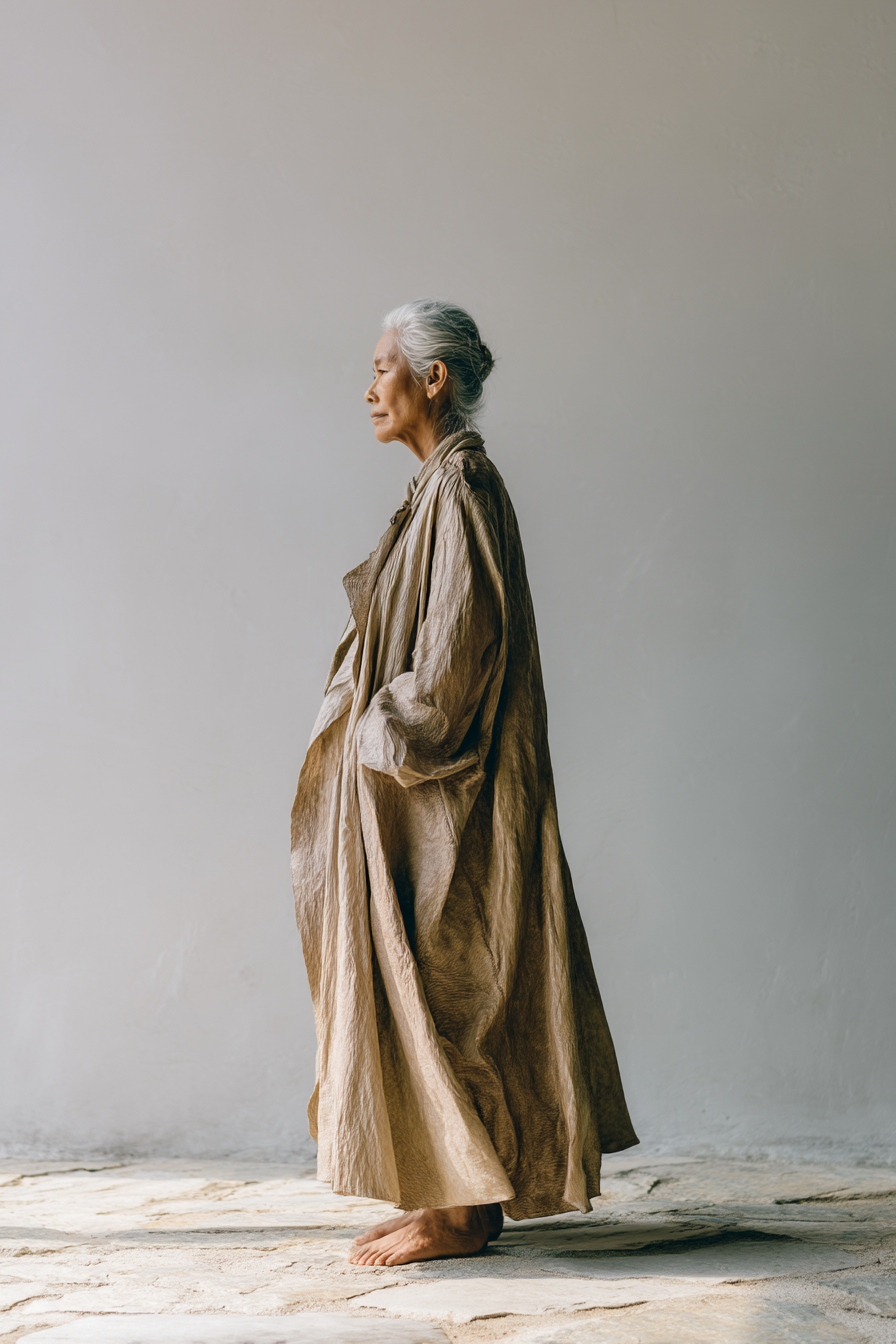
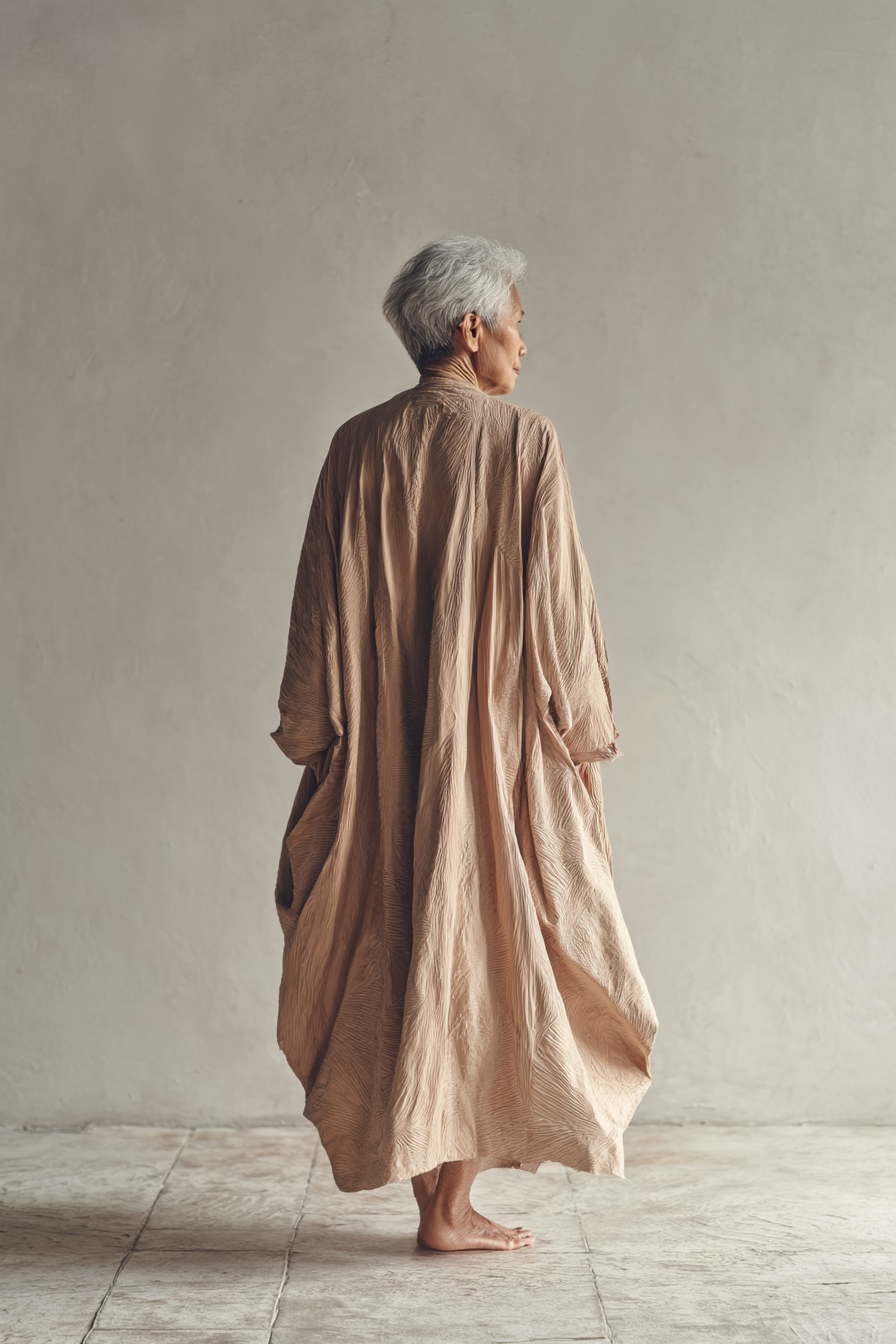


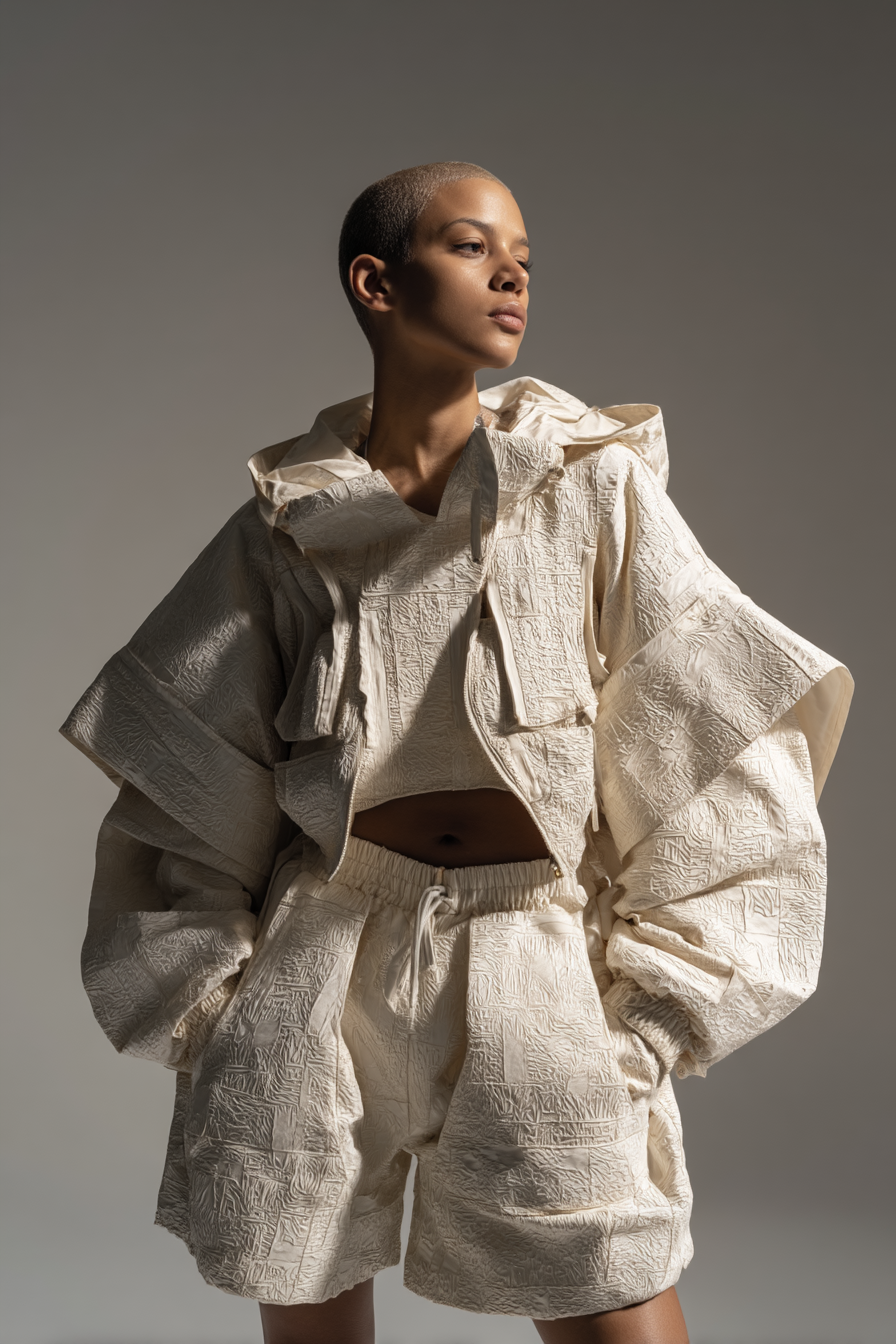

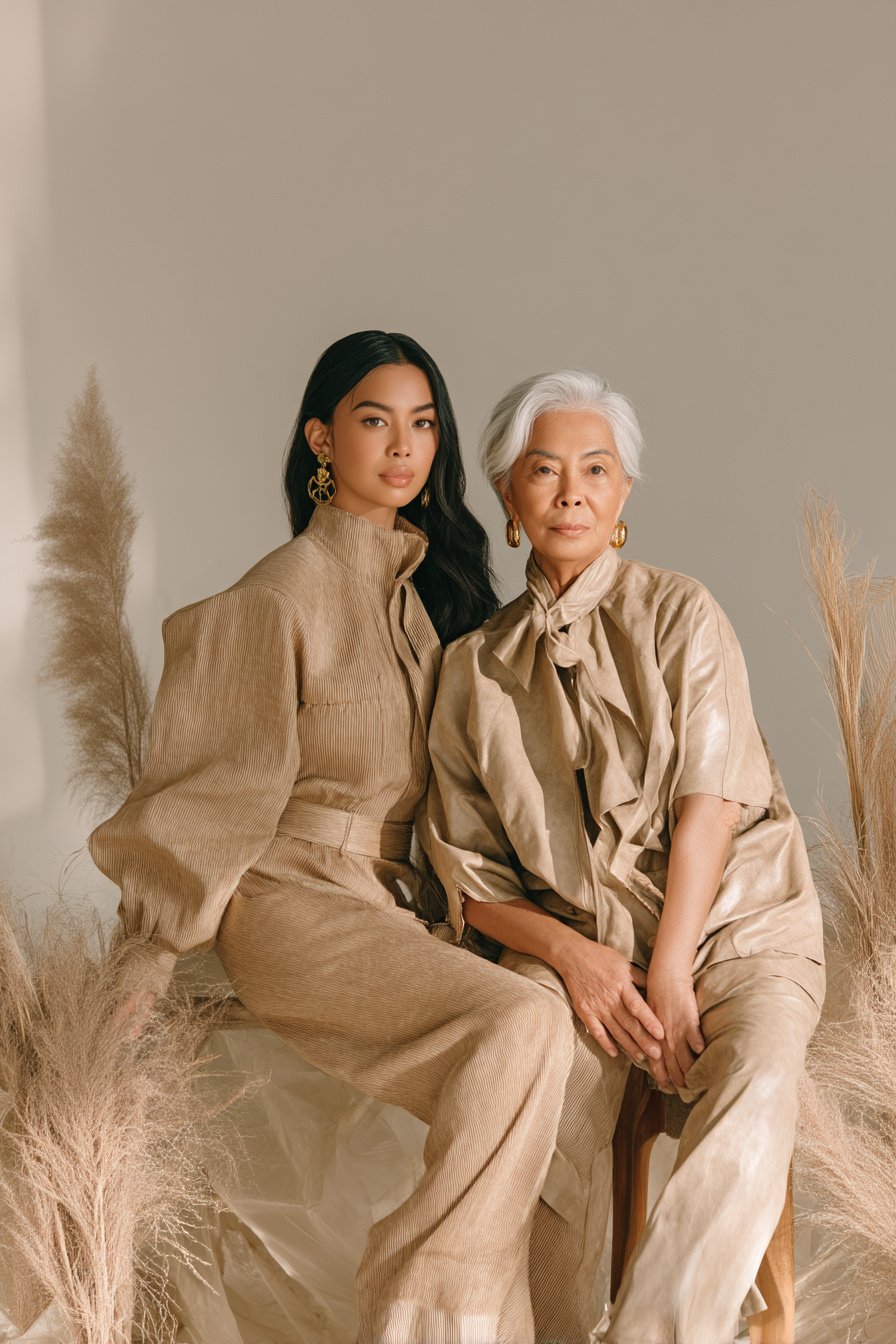


Creative Authorship
This concept is original. The idea, narrative framework, and design direction were conceived and developed by me. I executed the silhouettes and visual identity through AI image prompting as a method of rapid prototyping. Every visual and structural decision reflects my creative authorship—from material research to garment construction to visual storytelling, Brand concept and Logo design. This work demonstrates my ability to lead concept, research, and presentation with the discipline of an art director.